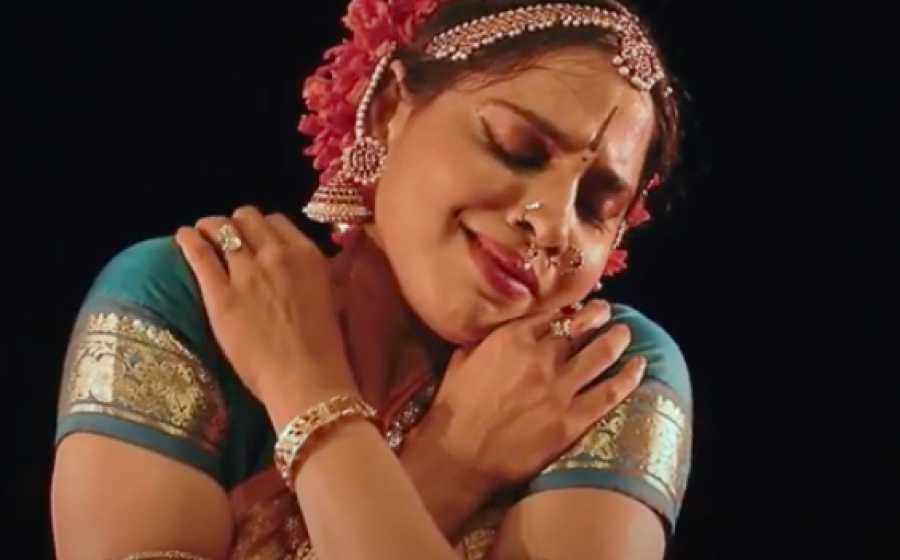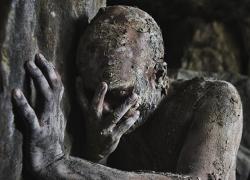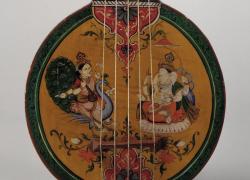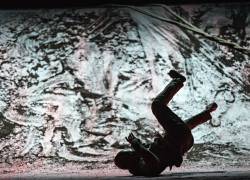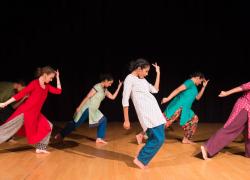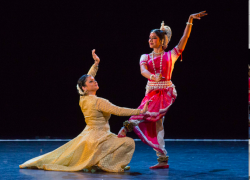Payal Ramchandani-Of Love and Lament
Payal Ramchandani
Masala Arts Festival,
24 July 2021
Reviewed by Sanjeevini Dutta
Kuchipudi dancer Payal Ramchandani, commissioned by Gem Arts (Newcastle) for the Masala Festival, presented Of Love and Lament, a twenty-minute dance work, on-line. The piece is based on an eleventh-century poem of doomed love: the protagonist Chauras is tutor to the King’s daughter with whom he falls in love and is sentenced to death. The work seamlessly combines abhinaya with nritta sections. The themes of love and death interweave in a polished performance that keeps the viewer engaged, with expressive dance and excellent vocals (K Venkateswaran) and orchestration (music Kuldeep Pai): flute, violin and mridgandam.
Payal presents three verses from a fifty-verse poem: memories of intimate moments with the beloved; the hour of death approaching; and the persistent arrows of Cupid, despite the impending fate.
The lyrics are voiced-over effectively. The first compares the face of the beloved to a lotus in full bloom. Her face also recalls the radiance of the golden champak flowers with which the doorway is adorned, and the garland that the hero wishes to wrap around himself. The mood of languorousness is picked up in the nritta section: a tribhanga posture with the foot arcs that open and close from the hip joint and jattis that incorporate a lachak/stretch. Payal’s hasta mudras have great clarity and the wrapping of the floral garlands around face and neck ooze love and passion.
Another remarkable section is that of the arrows of Madana, where the composer and percussionist use the syllable Ma- da- na to portray the bow and arrow in myriad ways, piercing with the staccato of the three syllables, highlighting the action. Notable also are the turns as the dancer moves on the back diagonal with three continuous backward leaps and turns, executed flawlessly.
As her fate is drawing to a close, the pull and push of life is shown with the dancer on her knees and arms outstretched, moving between the two poles of life and death, like a puppet whose strings are being pulled hither and thither.
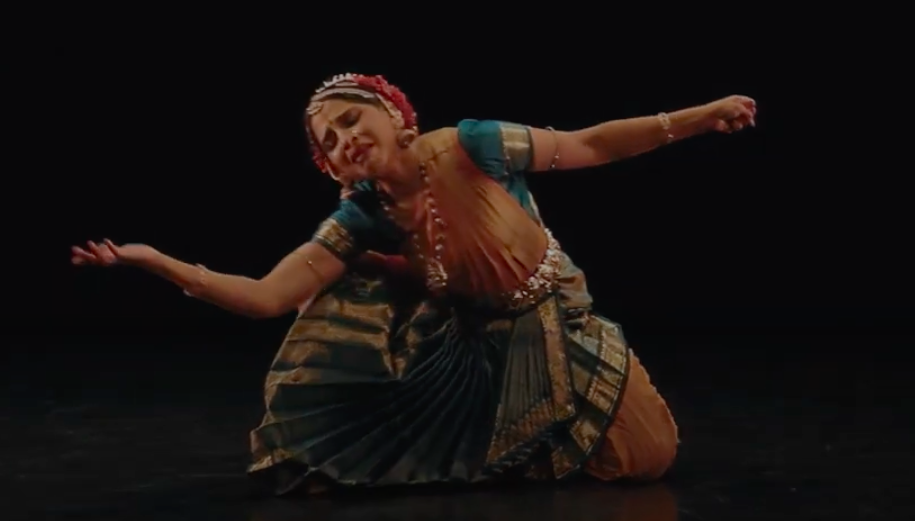
In the final section we see life ebbing away as the breath is squeezed from the lungs, the gap between two hands getting smaller and smaller. The viewer is transfixed by this image of the extinction of life.
Payal’s visualization of the lyrics shows imagination, and her ability to move between emotions keeps the viewers on the edge of their seats. To be able to read abhinaya the eye and the mind must be trained in understanding the technique with its subtleties. I watched the dance three times and each time my understanding and admiration for the artist grew. Respect also to the video artist Jodie Canwell who keeps a good balance of close-up and full length shots, and some exciting images shot against the side lights.
You can watch Payal for the next two weeks by following this link https://www.youtube.com/watch?v=RZ1_JlXoFQg&t=2s

